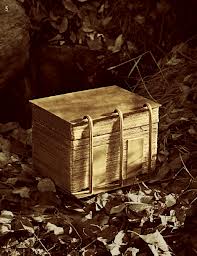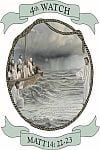Podcast: Download (11.5MB)
Subscribe: RSS
 In this weeks issue brother Ash talks about how testimonies are balanced with reason and spiritual confirmation.
In this weeks issue brother Ash talks about how testimonies are balanced with reason and spiritual confirmation.
The full text of this article can be found at Deseret News online.
Brother Ash is author of the book Shaken Faith Syndrome: Strengthening One’s Testimony in the Face of Criticism and Doubt, as well as the book, of Faith and Reason: 80 Evidences Supporting the Prophet Joseph Smith. Both books are available for purchase online through the FairMormon Bookstore. Tell your friends about the Mormon Fair-Cast. Share a link on your Facebook page and help increase the popularity of the Mormon Fair-Cast by subscribing to this podcast in iTunes, and by rating it and writing a review.
The views and opinions expressed in the podcast may not reflect those of the Church of Jesus Christ of Latter-day Saints or that of FairMormon
 Nevertheless “three witnesses” would be enabled to view the book or plates “by the power of God” in addition to Joseph—“him to whom the book shall be delivered.” These three witnesses would then “testify to the truth of the book and the things therein” (2 Nephi 27:12; see also Ether 5:2-4 and D&C 5:11, 15).
Nevertheless “three witnesses” would be enabled to view the book or plates “by the power of God” in addition to Joseph—“him to whom the book shall be delivered.” These three witnesses would then “testify to the truth of the book and the things therein” (2 Nephi 27:12; see also Ether 5:2-4 and D&C 5:11, 15).



